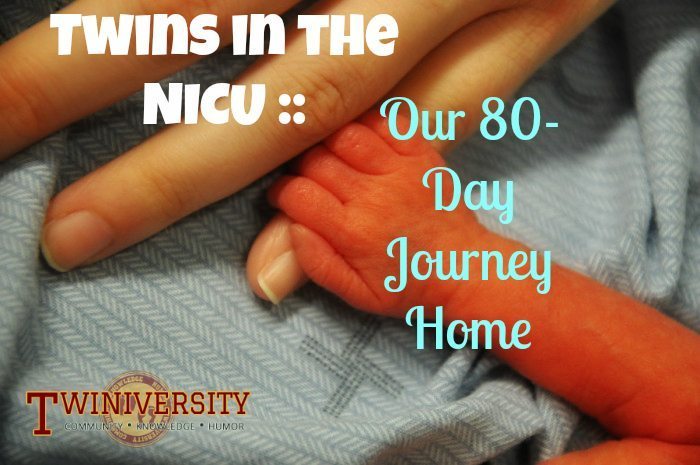Last updated on October 31st, 2023 at 10:47 pm
In November, I shared my mono mono pregnancy story, but that was only the beginning of our journey home as a family. On January 7, 2014, my twin girls Ella and Raegan were born at 29 weeks gestation. Immediately after being born, the girls were whisked out of the operating room to the awaiting NICU team who got them breathing and in stable condition. While the doctors stitched me closed, I was able to watch the girls on two monitors above me, but all I could see were tiny babies with shocking dark hair. Once stable, the girls were wheeled down to their first home, the NICU, where they stayed for 80 days.
Before I was taken to the recovery room, we were being asked to provide consent for the girls to be given donor breast milk through the hospital program that is offered to babies born before 32 weeks. We agreed, and after I was moved, I was being asked to hand express any colostrum I may have. Exhausted from a day with no food or sleep, waiting to see if we would be delivering that day, and still unable to move from the C-section, I was propped up and managed to get a couple drops.
Throughout the night, I was woken up to hand express and though I asked about the girls, none of the nurses knew how they were doing. Eventually my husband came back and told me he had checked on them shortly after midnight and had been given keys to their room. We were lucky to get one of the two twin rooms in the NICU so that the girls would be in the same room together for their journey, though in two separate isolettes.
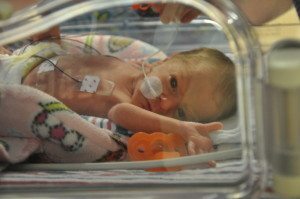
I was desperate to see my girls, but I wasn’t allowed until I was able to properly use my legs, which were weak from the c-section. Finally, the afternoon after they were born, I met my girls. Tiny two-pound babies, asleep on their bellies, getting oxygen from CPAP machines and being cared for by amazing nurses who leave their families every day to take care of the smallest, sickest babies. We were told the girls were doing well, and I was encouraged to keep pumping; the girls receiving a mix of my drops of milk and the donor milk.
Two days later, I was able to hold Raegan for the first time; the nurse tucked her onto my chest, with her CPAP machine still on, and after she was wrapped up with my hospital gown and a receiving blanket, we did kangaroo care for the first time for hours. In all the chaos and fear of the unexpected early delivery, having her there with me finally made me feel like her mum.
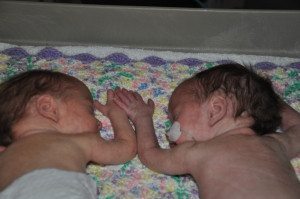
The next day, after we had said goodnight to the girls, we headed home to have dinner with our 23 month old son. We had barely finished when I received a phone call from the hospital; Ella was in distress and they didn’t think she would make it. Unsure what had happened, the nurse practitioner told me everything that was going on but it was hard to understand, to process. They wanted us back in the hospital, but before that, they wanted consent to give her blood and platelet transfusions. I agreed and quickly called my parents to stay with our son so we could go back. Still sore from my C-section, I slowly waddled through the hospital, bent over, all the way to our girls’ room, the last room in the unit, and the longest walk I have ever taken. Unsure of what we would find, we opened the door. Sweet Ella was surrounded by staff, working to correct so many things that went wrong all at once. She had tore a hole in her lung (a pneumothorax) and she was struggling to breathe, to keep her feeds down, and to keep her heart rate up. Almost immediately after receiving the transfusions she changed for the better. Eventually, when things were stable, we headed home again.
The next day, the doctor came to see us and told us that Ella’s head ultrasound had revealed she had a grade four brain bleed and that there was fluid on her brain, called hydrocephalus. Most likely, the bleed occurred because of a lack of oxygen during birth. Even now they knew why the brain bleed might have happened, but they had no idea what it meant. The doctor told us that often the bleeds result in physical or developmental disabilities, and sometimes hearing and vision problems. But we wouldn’t know until she got older. Not knowing what the future will hold was one of the hardest parts of the NICU journey. Many babies with hydrocephalus have to have shunts placed to drain the excess fluid on the brain, but Ella never needed it. She did get ultrasounds twice a week until she came home to monitor the swelling in her brain.
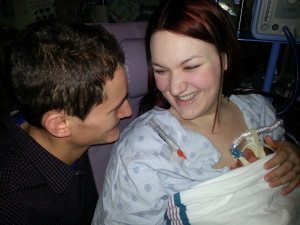
For two weeks, Ella was heavily sedated and hated being touched. During handling times, she would squirm and cry. Finally, her nurse said I could hold her. She was fussy and mad until she was placed on my chest, and immediately she calmed, and fell asleep, buried into my skin. After that, she was the calmest baby, rarely fussing. With her stable, I was able to hold the girls together, and I would spend at least two or three hours every day with the girls together, wrapped up in my arms.
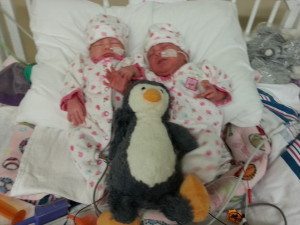
As we got closer to my due date and the girls got bigger, we started them breastfeeding and on bottles. Unfortunately, my milk supply which had always been very low dried up completely so the girls were switched to formula in bottles. The end was in sight, we were so close to our due date, and hopefully home, but the girls had a hard time with feeding. Ella in particular would often drink too quickly, then would forget to breathe, and would have a spell. Once when I was feeding her, she required oxygen to get her breathing back under control. We were so close to being discharged, but the girls weren’t quite ready, and I started to think we may never get home. Then, almost overnight, they both pulled it together, their feeding tubes were taken out and all of their feeds were from a bottle. They passed their car seat tests the first time and the hospital told me to get ready to finally bring my baby girls home. The last two days before they were discharged, I roomed in with them, taking control of their care without any help from the nurses. Finally, on the 80th day, I got to walk them out of the hospital for the first time and bring them home.
Those 80 days were the hardest of my life, but the memories of the NICU are being replaced by new ones; first teeth and first smiles, family trips and brunches with friends. Soon, my girls will be one, and I am reminded of the journey they have been on, and how those two tiny babies stole my heart at the first sight of that dark hair.

Alyssa Keel has worked as a social worker in both Canada and the U.S. for several years. Living in Toronto, Alyssa is mum to a rambunctious, curious, and loving two year-old boy and seven month old identical twin girls. During her high-risk mono mono twin pregnancy, Alyssa began blogging, an extension of her love of writing. Alyssa loves taking photos and impromptu dance parties with her son. Follow Alyssa and her family’s adventures at adventureswithmultiples.com.
Related Articles
- A NICU Story: When Your Twins Are An Hour Away
- The Stress of Having One Twin in the NICU
- NICU Navigation Tips & Packing List
- What to Expect When NICU Babies Come Home
Are You a New Twin Parent?
Check out Natalie Diaz’s book:
“What To Do When You’re Having Two
The Twin Survival Guide From Pregnancy Through the First Year”
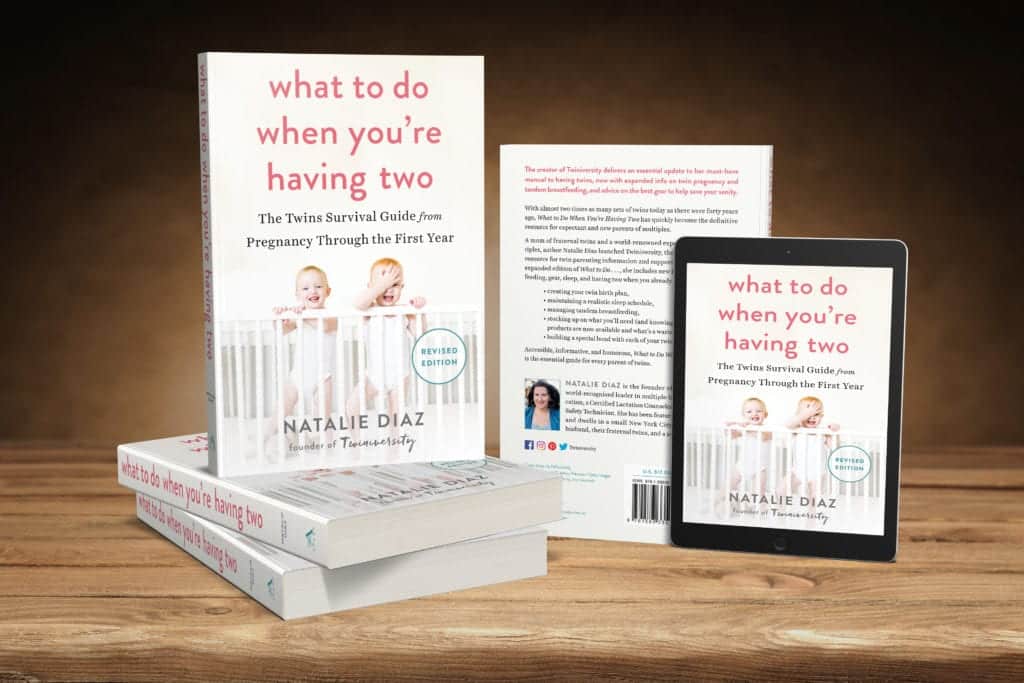
In What to Do When You’re Having Two: The Twins Survival Guide from Pregnancy Through the First Year, national twins guru and founder of Twiniversity (and twin mom herself!) Natalie Diaz provides a no-holds-barred resource about life with twins, from pregnancy and birth all the way through your duo’s first year of life.
Accessible and informative, What to Do When You’re Having Two
is the must-have manual for all parents of twins.
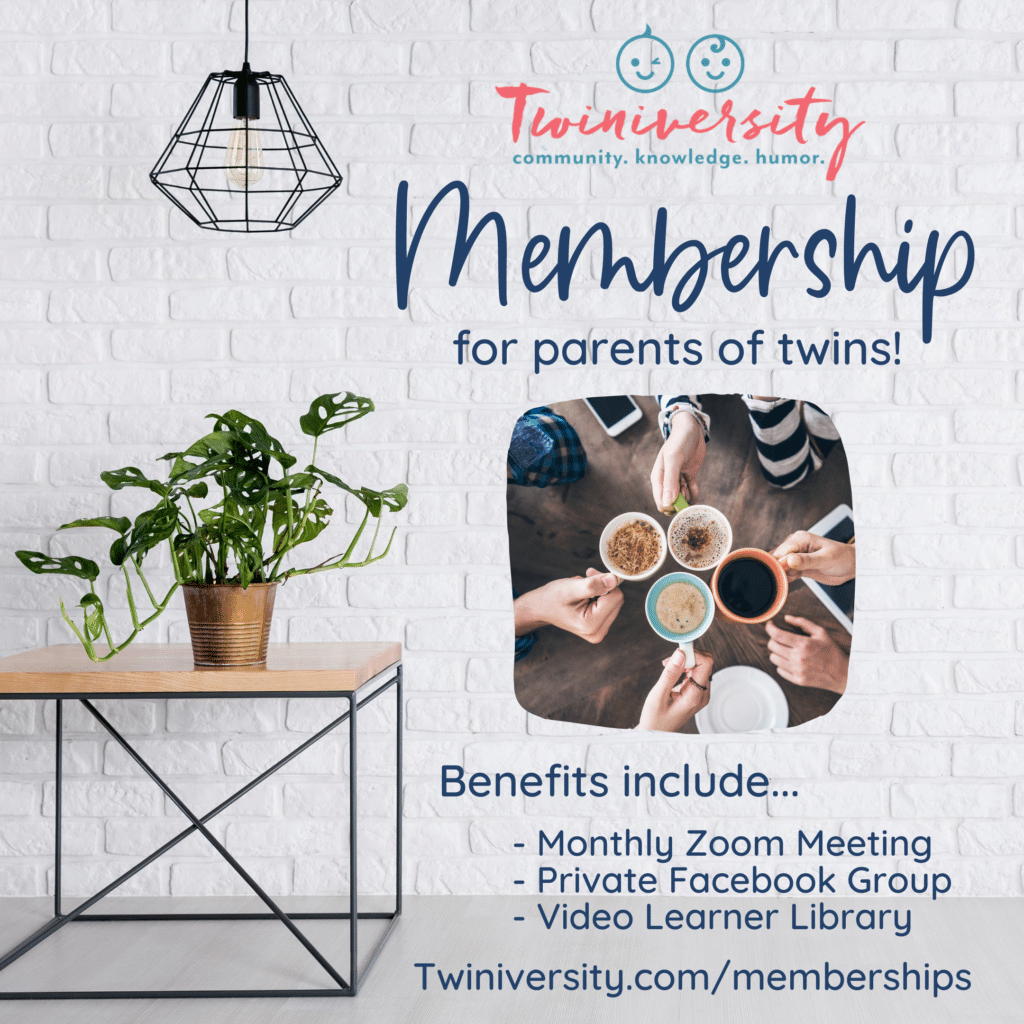
Need some twin parent friends? Get the support you need with a Twiniversity Membership. Benefits include a monthly twin parent club meeting on Zoom, access to a private Facebook group just for twin parents, and a video library of twin parenting lessons. Visit Twiniversity.com/membership to join today!

